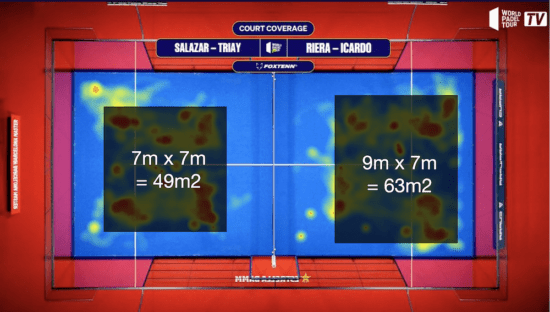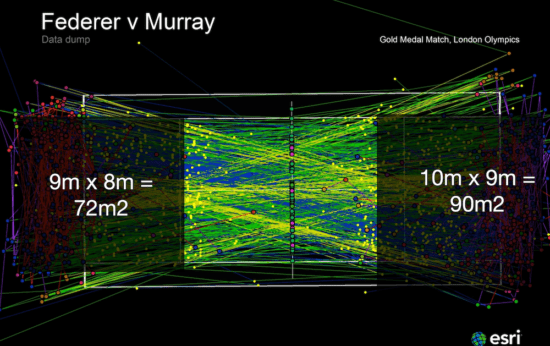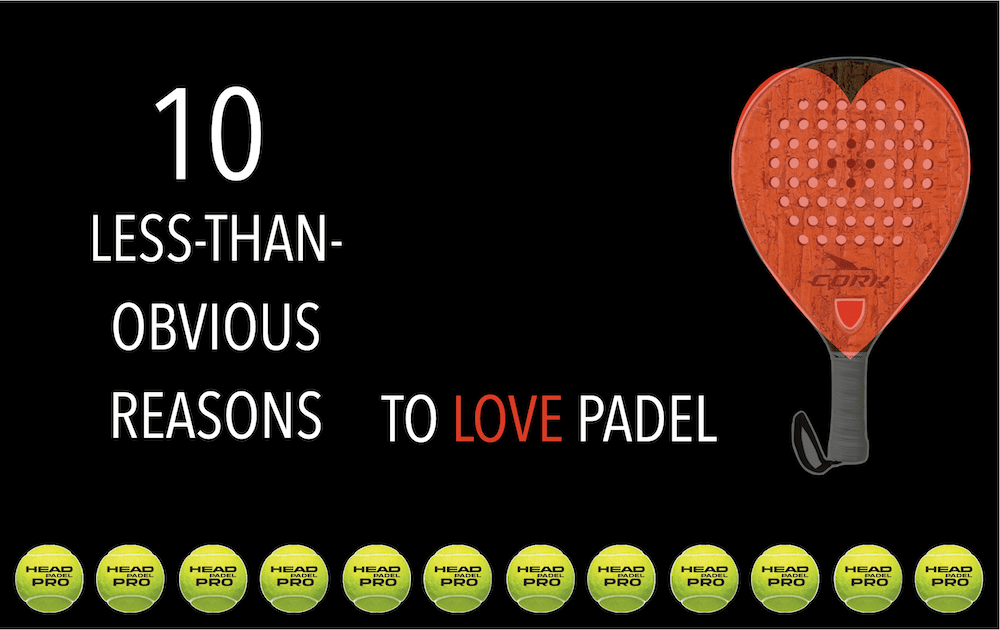As regular readers of this blog will know, if I’m not talking about leadership and branding, there’s a high chance I’m rambling on about my love of padel. I play padel three to four times a week and have started a podcast this year (The Joy of Padel). I’m an admitted addict. I wrote last year about the 5 reasons you will fall in love with padel. Here now is a list, with a hat tip to Rohit Bhargava (author of The Ten Non-Obvious Mega Trends and who’s been on my podcast) of ten less-than-obvious reasons why padel tennis is such a tremendous sport.
- Easy to play. For people of all ages and levels, it’s so easy to start and feel good about your accomplishments. Yet, it should be noted that it’s challenging — if not darn right difficult — to get good. And, in that, it’s also fun because you really can grow.
- Smaller dimensions. Over 80% of the play happens in about a 49m2 (7×7) space ranging up to 63m2, although the full padel court dimensions are 20m x 10m. This means it’s easier for the older or less mobile players to get around versus lawn tennis where maybe 80% of the play is within a 72m2 (9×8) to 80m2 space (i.e. >50% bigger), but that can range out to over 90m2 as in the Federer-Murray match (see below). This difference in size makes the court less daunting and the height of the net is more kid-friendly than lawn tennis.


- In padel, power can be countered (to a point) through guile and anticipation. In other words, power isn’t everything! This can allow some older and slower players to compete effectively with younger more powerful players.
- Joy. You tend to play padel with a smile. And 99% of the time, you finish with a banana-sized smile. That’s to say it’s just fun to play. It’s exercise without thinking you’re working. Unlike tennis that can be slog.
- Surrounded by walls. Thanks to the walls, it’s easy to keep the balls within reach after the end of the point. There’s no traipsing around the court to pick up the balls because the walls keep the balls from travelling far. As a result, for about 80% of the time you’re on the court, you’re actually playing points because the ball’s never far. Granted, when you play with good players, they can bounce the ball out of the court (por tres or por quatro). But, when you play with good players, the points will often last longer (…up to a minute!), so, it’s usually a welcome respite to go fetch the ball.
- Small bat. The bat (aka racquet), which is roughly 46cm x 10cm x 4cm) fits in your carry-on suitcase, so it’s super convenient to travel with! Have padel, will travel I like to say.
- Social connection. While on the court, you connect with all the players. Because the court is small, it’s very easy to talk with one another during the game. Moreover, It’s even advised — if you want to get good — to talk DURING the point with your partner, not about the evening’s social plans, but where the opponents are! It’s not uncommon for all four players to discuss and celebrate exceptional points, regardless of who won the point.
- Left-handers* are a gift. Unlike the ‘sinister’ reputation of lefties, padel is VERY welcoming of left-handed players. The left-handed player always plays on the right and the right-handed partner on the left. Since roughly 3 out of 4 of the shots are down the guts (middle) of the court, that means it’s on both players’ forehands. Of course, it does occasionally happen that two lefties have to play with one another, but that’s oh-so-rare. Good left-handed players are a rare commodity. On the odd occasion, I see left-handers (typically beginners) playing on the left with the reason: I don’t return well with the backhand. That’s a rather silly reason, though. While the return is obviously an important shot, it concerns just 1 out of every 4 points (assuming every serve is to the wall). Smart players will pick up on this and serve to the backhand in any event (i.e. down the middle). And for 100% of all the points, including after the return by the left-hander is made when playing left, that team will be a disadvantage with both players facing the backhand down the middle. P.S. I note that as of August 2023, in the top 100 players on the tour, there were 17 left-handed men and 9 left-handed women pros (source)…. which would mean only on the men’s side is an above-average advantage based on the population being 8-12% left-handed on average.
- Plasticity of the brain. Padel requires re-wiring. If you’re curious and/or like a challenge, padel is a brain teaser, especially for those coming over from other racquet sports. Padel seems easy at the outset (see point 1), but it is actually very different in the details from lawn tennis, squash, badminton or real tennis, etc. So, hardened tennis players who, granted, have great hand-eye coordination and an advantage at the net, will need to unlearn some of their habits, like half-volleying or worse, volleying, from the baseline, going for the kill on every ball or the big smash on every lob… Even for squash players, the corners and walls play differently.
- Holidays. The game is a delight when played in warmer climates, so it’s a natural holiday destination. Countries like Spain, Italy, and Portugal have a robust number of padel clubs and courts. The Middle East (Dubai, Kuwait, Qatar…) has a burgeoning padel presence. And in the winter, you can always go to the southern hemisphere: Argentina, Brazil, Uruguay, Chile. Failing that, you’ve got a lot of covered courts in the inviting Scandinavian countries.
From a club’s perspective, there are also a number of great reasons to install padel courts. But that’s for another post. If you’ve got other non-obvious reasons for loving padel, please do share!
*As I have two left-handed kids, I might be biased!












Super informative and well written
Thanks Philip
Any other reasons I’m missing??
My four year old is a leftie and it excited me far more than it should. He has his own kids padel racket and is drilled regularly in the garden accordingly!
About his being left-handed? That should make him a player in demand!